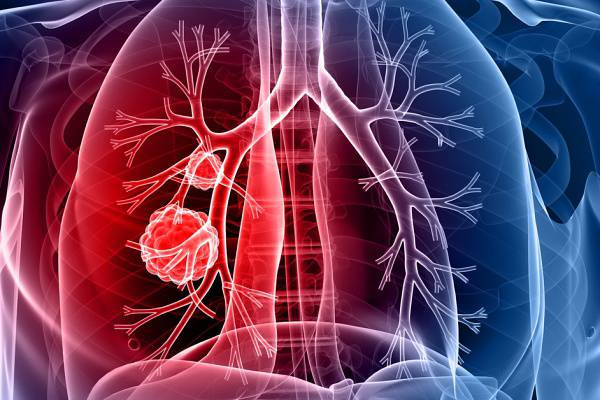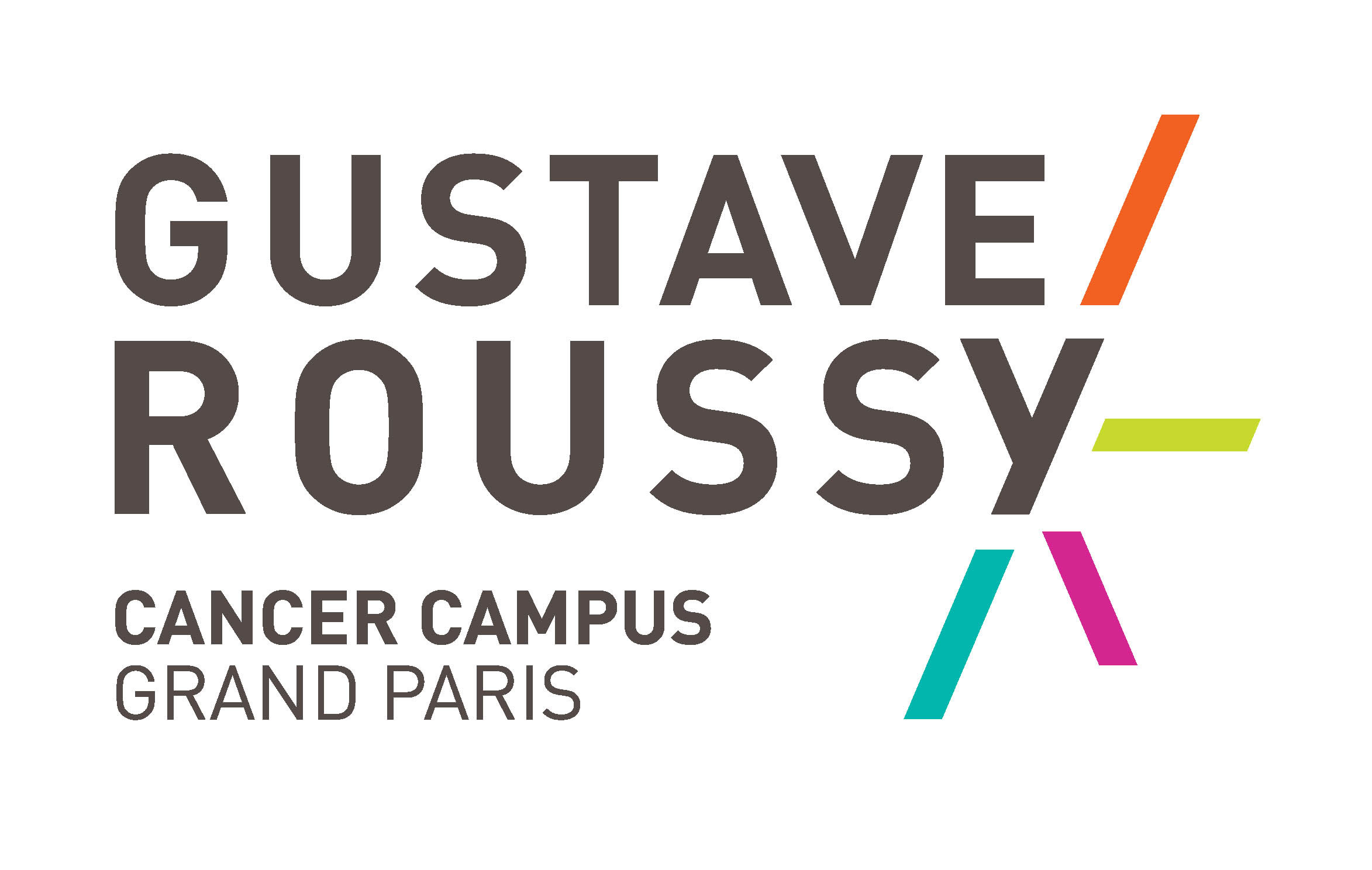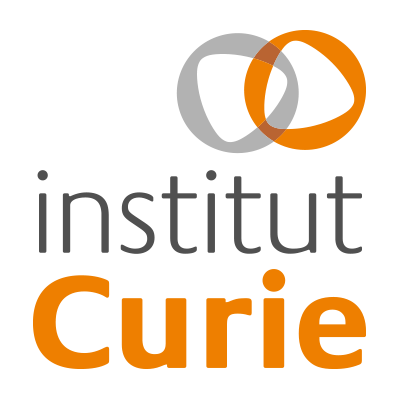Depending on the size and appearance of the lung cancer cells on microscopic examination, two histological classifications are distinguished: non-small cell lung cancer (NSCLC) and small cell lung cancer (SCLC).
Other non-epithelial malignancies, such as sarcomas, also occur in the lungs, and it is very common for secondary, metastatic tumours to occur when the primary tumour is in another organ, and these are treated differently.
The first-line treatment for advanced or metastatic lung cancer is drug therapy: chemotherapy or targeted and/or immunotherapy based on molecular information.
For lung cancers with EGFR, ALK/ROS1 mutations, targeted treatment is with low molecular weight tyrosine kinase inhibitor (TKI) oral drugs.
Several genes are known to be responsible for tumour development in lung cancer, such as HER, BRAF, KRAS, MET, KIT, RET, FGFR1, NRG1, which are additional therapeutic targets.
Targeted treatment can only be safely based on a detailed genetic profile of the tumour, which is the only way to understand the behaviour of the tumour at the molecular level. In most cases, 600 genes are tested, with additional specific tests.
Of the 25,000 coding human genes, 600 are associated with tumor development. On average 4-5 different genes mutations per tumor are responsible for uncontrolled cell division. Therefore a detailed genetic profiling of a given tumor is necessary for making the right therapeutic decision. The more mutations are present in a tumor, the harder it is to select for molecular targets.
Digital therapy planning
Digital therapy planning refers to the personalized treatment and immunotherapy planning using digital drug assignment.
Our multiple times award-winning medical software, used for digital therapy planning, is unique in being able to rate and prioritize targeted treatment options within 20 milliseconds in 405 tumor types, based on 52 000 mutations, 26 838 rules and 1417 compounds using up to date scientific evidence.
Oncompass Medicine’s medical software helps doctors select the most effective, personalized, targeted treatment options for cancer patients in 20 milliseconds.

















